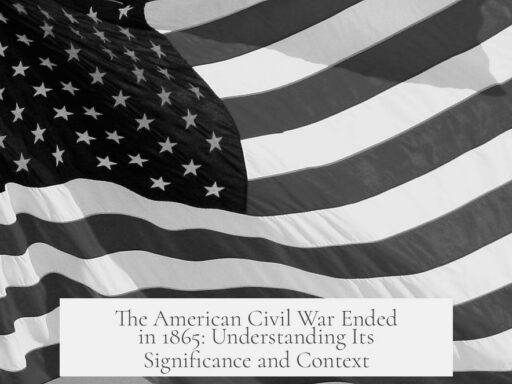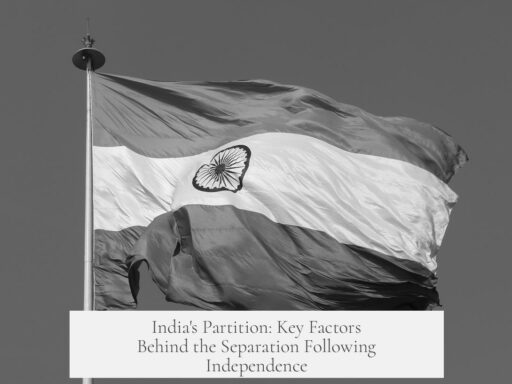The word “Byzantine” became a synonym for something overly complex and inefficient largely due to the influential portrayal of the Byzantine Empire by Edward Gibbon in the 18th century. Gibbon depicted Byzantium as a realm burdened by excessive bureaucracy, tangled hierarchies, and convoluted court intrigues. This portrayal shaped the lasting image of Byzantium as a symbol of needless complexity and inefficiency.
Gibbon described Byzantium, later known as Constantinople and now Istanbul, as suffering from “bureaucratic overelaboration bordering on lunacy.” He highlighted quadruple-layered agencies, numerous unnecessary officials, and elaborate titles disconnected from actual functions. Access to the Emperor was tightly controlled by eunuchs and competing factions, adding layers of obstruction and intrigue.
This depiction became the foundation for many modern clichés about Byzantine politics. Scholars suggest that today’s negative association with the term “Byzantine” stems directly from Gibbon’s vivid account. His narrative has influenced how people view Byzantine governance as labyrinthine and inefficient, overshadowing more nuanced historical realities.
The Oxford English Dictionary (OED) records the first known adjectival use of “Byzantine” in this context in 1937, describing something as “intricate, complicated; inflexible, rigid, unyielding.” By then, the word had transitioned beyond describing the empire itself to labeling any complex and obstructive system.
Examples of usage in the 20th century illustrate this evolution:
- In 1937, Arthur Koestler referred to the “Byzantine structure of the Spanish Army,” highlighting its excessive complexity.
- In 1965, The Economist noted the “byzantine procedural caution” in diplomatic approaches to the Common Market.
- In 1966, intellectual discussions referred to “Byzantine homage” or “byzantine prose” to indicate dense, convoluted forms of expression or pomp.
Overall, “Byzantine” entered modern usage as a metaphor for systems or processes that are unnecessarily complicated, inflexible, and bureaucratic. This meaning arose from a historical narrative that emphasized the empire’s administrative complexity, regardless of whether that characterization was entirely fair or accurate.
- Edward Gibbon’s work vitalized the negative image of Byzantium’s bureaucracy.
- The term shifted from a proper noun to an adjective describing complicated inefficiency in 1937.
- Modern uses highlight excessive complication, rigid procedures, and opaque governance.
- The word now serves as a shorthand critique of any overly complex system or behavior.
How Did the Word “Byzantine” Become a Synonym for Something Overly Complex and Inefficient?
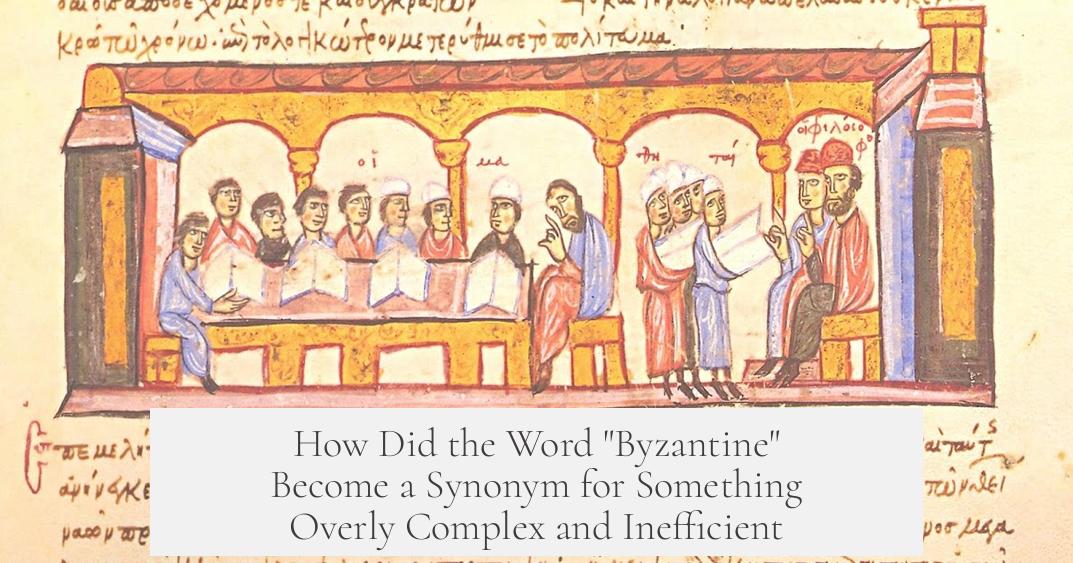
Simply put, the word Byzantine became linked to complexity and inefficiency largely because of Edward Gibbon’s vivid and lasting portrayal of the Byzantine Empire as a labyrinth of needless bureaucracy and intrigue. This reputation stuck and evolved over centuries into the modern use of the term to describe anything overly complicated, convoluted, and inefficient.
Let’s dive deeper. Why does a once-glorious empire’s name now evoke images of pointless complexity? The answer is a mix of historical narrative, linguistic adoption, and cultural clichés—starting with Edward Gibbon.
Edward Gibbon’s Sticky Description
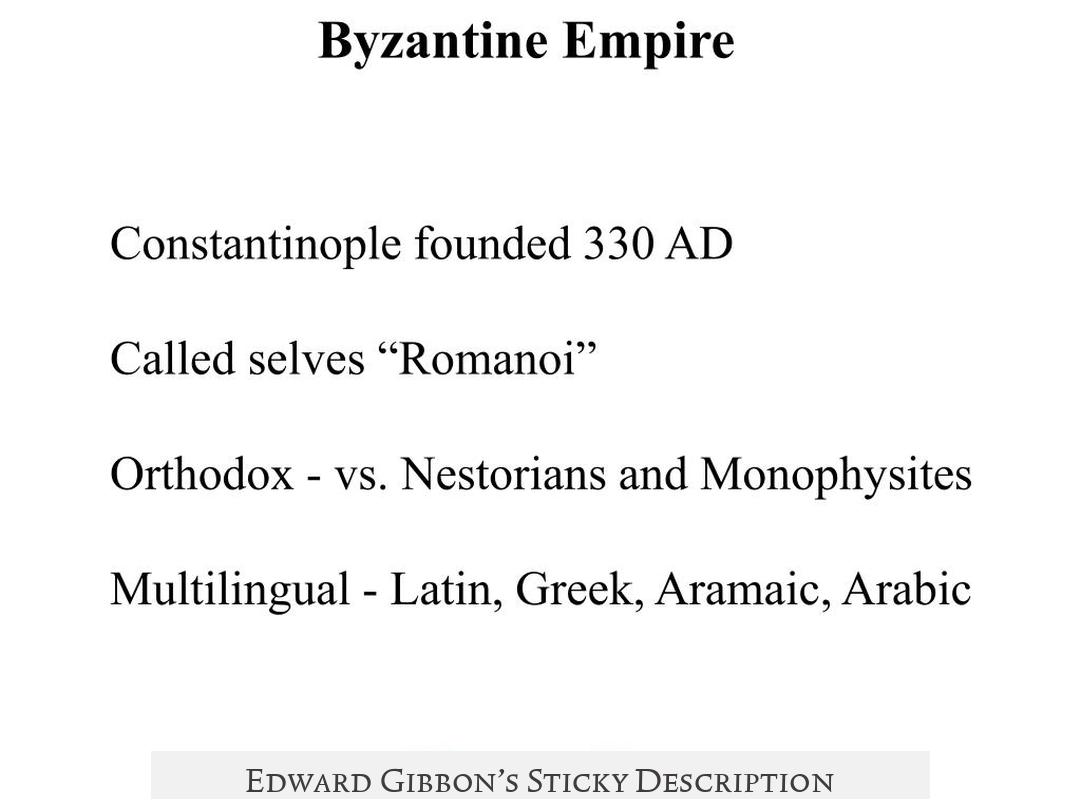
In the late 18th century, Gibbon wrote The History of the Decline and Fall of the Roman Empire. His take on Byzantium wasn’t complimentary.
“The city of Byzantium, later renamed Constantinople and then Istanbul, and the Byzantine Empire were vitiated by a bureaucratic overelaboration bordering on lunacy.”
His words hit hard. Picture “quadruple banked agencies,” endless layers of officials with grand titles who did… well, nobody could tell. Power didn’t just concentrate—
It got tangled in rival factions, including mysterious eunuchs and even sports groups! Yes, access to the Emperor often went through gatekeepers who seemed as inscrutable as a spy novelist’s plot.
This tangled web of bureaucracy, intrigue, and inefficiency literally defined the empire through Gibbon’s eyes, turning Byzantium into a synonym for excess complexity.
From Byzantium to “Byzantine”—The OED’s Take
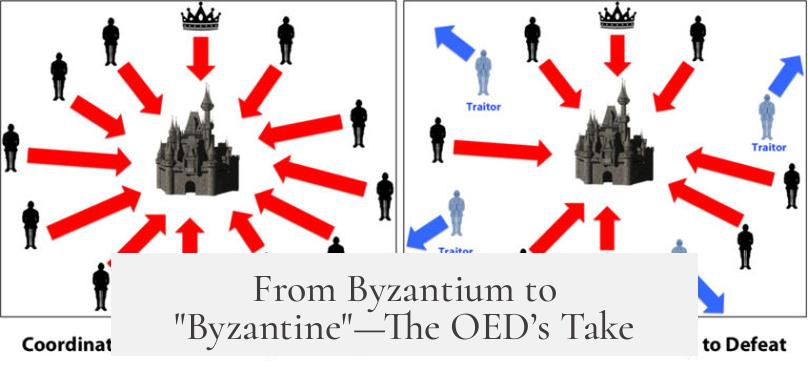
Fast-forward to the 20th century. The Oxford English Dictionary (OED) records that the first known use of “Byzantine” as an adjective describing something intricate or inflexible was in 1937. This means the word’s adjectival use is pretty recent—relatively speaking.
For example, in a 1937 work, Arthur Koestler cheekily describes the Spanish Army’s structure as “Byzantine,” hinting at needless complexity and confusing hierarchy.
Later, the term gained broader currency, capturing public imagination beyond history books:
- In 1965, The Economist noted “Byzantine procedural caution” in diplomatic negotiations, emphasizing over-careful, convoluted processes keeping progress at bay.
- By 1966, intellectual discussions used “Byzantine prose” to point out writing that was overly labyrinthine and hard to follow.
- Even political cultures were described as “Byzantine,” such as the “cult of personality” around Stalin that linked back to elaborate and opaque court rituals.
What happened here? The word was no longer a mere historical reference. Instead, it evolved into a shorthand for any tangled, overly complex, and often inefficient system.
Why Did Gibbon’s View Dominate for So Long?
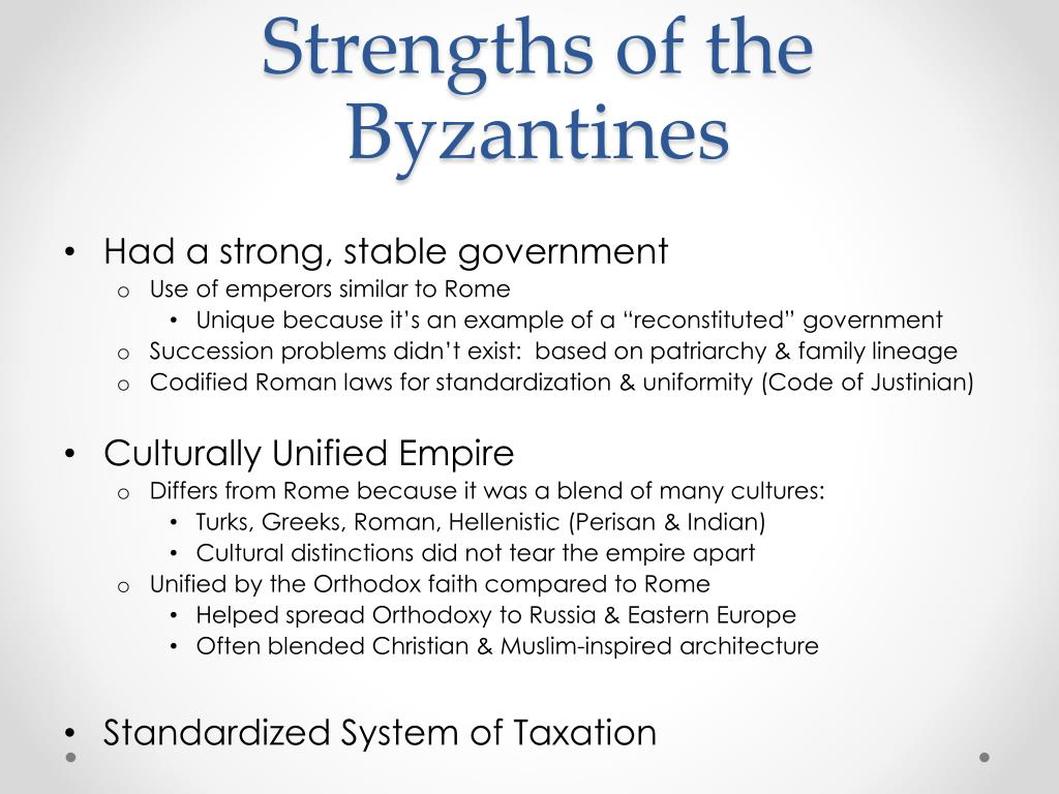
Gibbon’s history wasn’t just popular; it became the ur-source for many clichés about Roman and Byzantine politics. When it comes to historical reputation, the first storyteller often gets a monopoly on the narrative.
While modern historians debate and correct some of Gibbon’s claims, his dramatic, somewhat cynical portrait of Byzantine bureaucracy sticks in collective memory. It frames our modern understanding—and often overgeneralizes a complex society into a caricature.
Imagine hearing that living next door involves ten layers of neighborhood committees, each with pompous leaders debating trivial matters indefinitely. You instinctively groan, thinking “That sounds Byzantine.”
Does the Word Capture the Reality?
The word’s modern use is a double-edged sword. On one hand, it alerts us to inefficiency and complexity. On the other, it risks oversimplification.
The Byzantine Empire was vast and lasted over a thousand years. During its long history, it experienced moments of great innovation, cultural brilliance, and effective governance. Not everything was a tangle of pointless red tape.
On the other hand, the actual Byzantine government did have intricate ceremonies and protocols. Officials wielded quirky titles. The system wasn’t always streamlined—especially in times of crisis.
So, the word captures some truth, but exaggerates it. Like when someone calls a crowded airport “a nightmare.” Sure, there’s chaos, but it doesn’t describe the whole picture.
How Can Understanding This Help You?
Ever found yourself frustrated by a complicated process at work or home? Calling it “Byzantine” isn’t just casual grumbling. You’re tapping into a long tradition of labeling excessive complexity that slows progress.
But at the same time, remember what this history shows: not all complexity is bad. Some bureaucracy ensures stability and fairness. It’s about balance.
If you want to avoid creating a modern-day “Byzantine” nightmare, consider these quick tips:
- Keep communication clear and titles meaningful.
- Eliminate unnecessary steps or redundant approvals.
- Encourage transparency to avoid secretive gatekeepers blocking progress.
- Value efficiency but recognize when complexity protects important details.
In this way, don’t be afraid of complexity—but don’t let complexity become chaos either.
In Conclusion
The word “Byzantine” gained its modern meaning through Edward Gibbon’s influential portrayal of a Byzantine Empire lost in an endless maze of needless and confusing bureaucracy. This image resonated so much that by the 20th century, the term was widely adopted to describe anything overly complicated and inefficient.
While the truth about the Byzantine Empire is richer and more nuanced, the stereotype lives on as a handy shorthand for frustrating red tape and opaque procedures everywhere—from army structures to diplomatic negotiations to tortured prose.
Next time you call something “Byzantine,” you’re stepping into centuries of history and literary fame. Whether that’s a good or bad thing, well—that depends on how tangled your own story is.
Why does “Byzantine” mean overly complex today?
The term stems from Edward Gibbon’s description of the Byzantine Empire. He highlighted a bureaucracy filled with many pointless layers and officials. This image stuck in Western minds, linking Byzantium with needless complexity.
When did “Byzantine” start being used this way in English?
The Oxford English Dictionary notes the first adjective use was in 1937. It described systems or structures as intricate, rigid, or overcomplicated, unrelated to the historical empire itself.
How did Edward Gibbon shape the modern meaning of “Byzantine”?
Gibbon painted Byzantium as overly bureaucratic and inefficient. His portrayal, full of stories about confusing procedures and power struggles, influenced how later writers saw the empire and the word’s modern use.
Are there examples of “Byzantine” used to criticize organizations?
- 1937: Describing the Spanish Army’s structure as Byzantine.
- 1965: The Economist noted Byzantine caution in diplomatic talks.
- 1966: Writers linked Byzantine to complicated political homage or confusing prose.
Does the word “Byzantine” reflect the historical reality of the empire?
Not fully. The negative sense is heavily shaped by later Western views. It emphasizes complexity and inefficiency more than the actual Byzantine administrative successes and culture.


